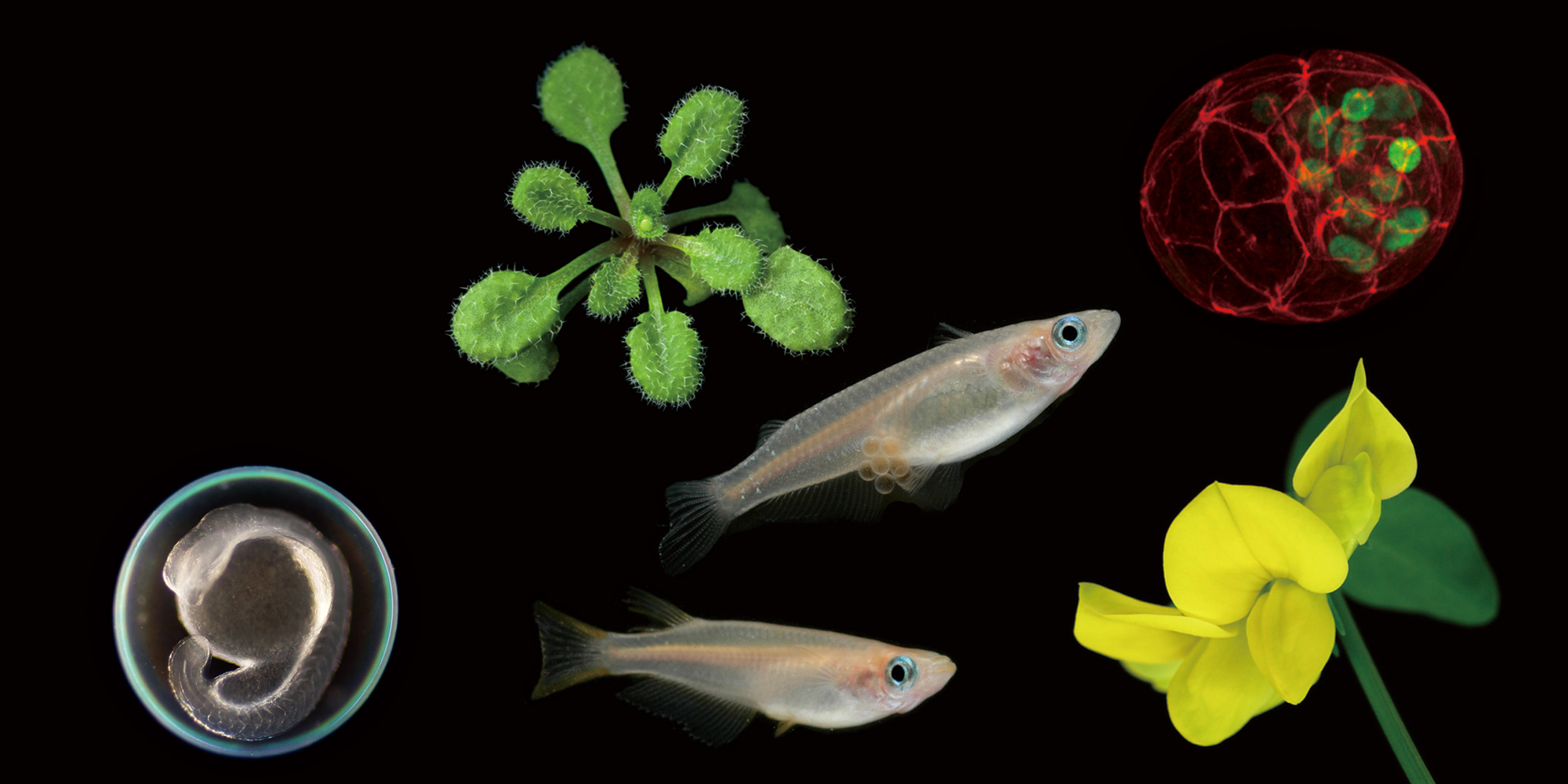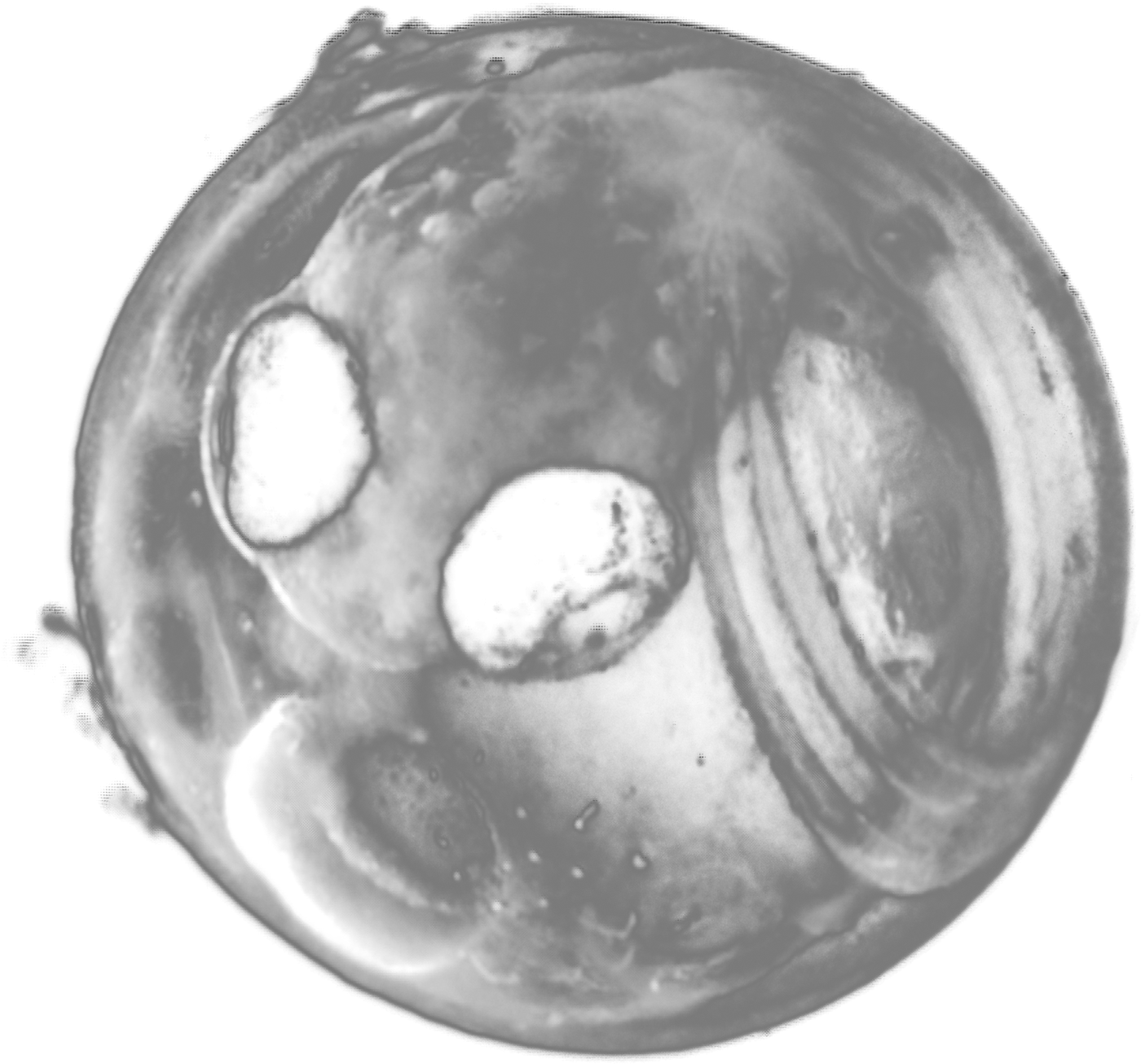2016.07.12 Other
An atypical RNA-binding Tropomyosin recruits kinesin-1 to oskar mRNA for transport in the Drosophila oocyte
Anne Ephrussi, Ph.D. (Head, Developmental Biology Unit, European Molecular Biology Laboratory, Heidelberg, Germany)
2016. 07. 12 (Tue) 15:00
Conf. Room, Myodaiji (111)
Division of Germ Cell Biology, Shosei Yoshida (5865)
Localization and local translation of oskar mRNA at the posterior pole of the Drosophila oocyte directs abdominal patterning and germline formation in the embryo. In the germline syncytium, cytoplasmic dynein transports oskar mRNA from its site of synthesis in the nurse cells, into the oocyte; within the oocyte, kinesin-1 transports oskar mRNA to the posterior pole. Using high- and super-resolution imaging we discovered that kinesin-1 is recruited to oskar mRNPs upon their nuclear export in the nurse cells, prior to their dynein-dependent transport into the oocyte. Kinesin-1 recruitment requires splicing of the 1st oskar intron, the core proteins of the Exon Junction Complex, and DmTropomyosin1-I/C. We found that DmTropomyosin1-I/C is an atypical RNA-binding, nucleocytoplasmic shuttling Tropomyosin1 isoform that binds the oskar 3’UTR through recognition of a supramolecular RNA motif created upon dimerization of oskar molecules. By high resolution ex vivo imaging we show that in the ooplasm, kinesin-1 is continuously recruited by DmTropomyosin1-I/C to a dynamically changing, small subset of the 1-3x105 oskar mRNPs present within the oocyte at mid-oogenesis. The recruited kinesin motor is activated by a functionalized spliced oskar RNA localization element within the oocyte through a yet unknown mechanism. This activation and the dynamic recruitment of kinesin-1 ensures an ergonomic, coordinated and developmentally timed transport of oskar mRNA.
Seminar will be given in English.







